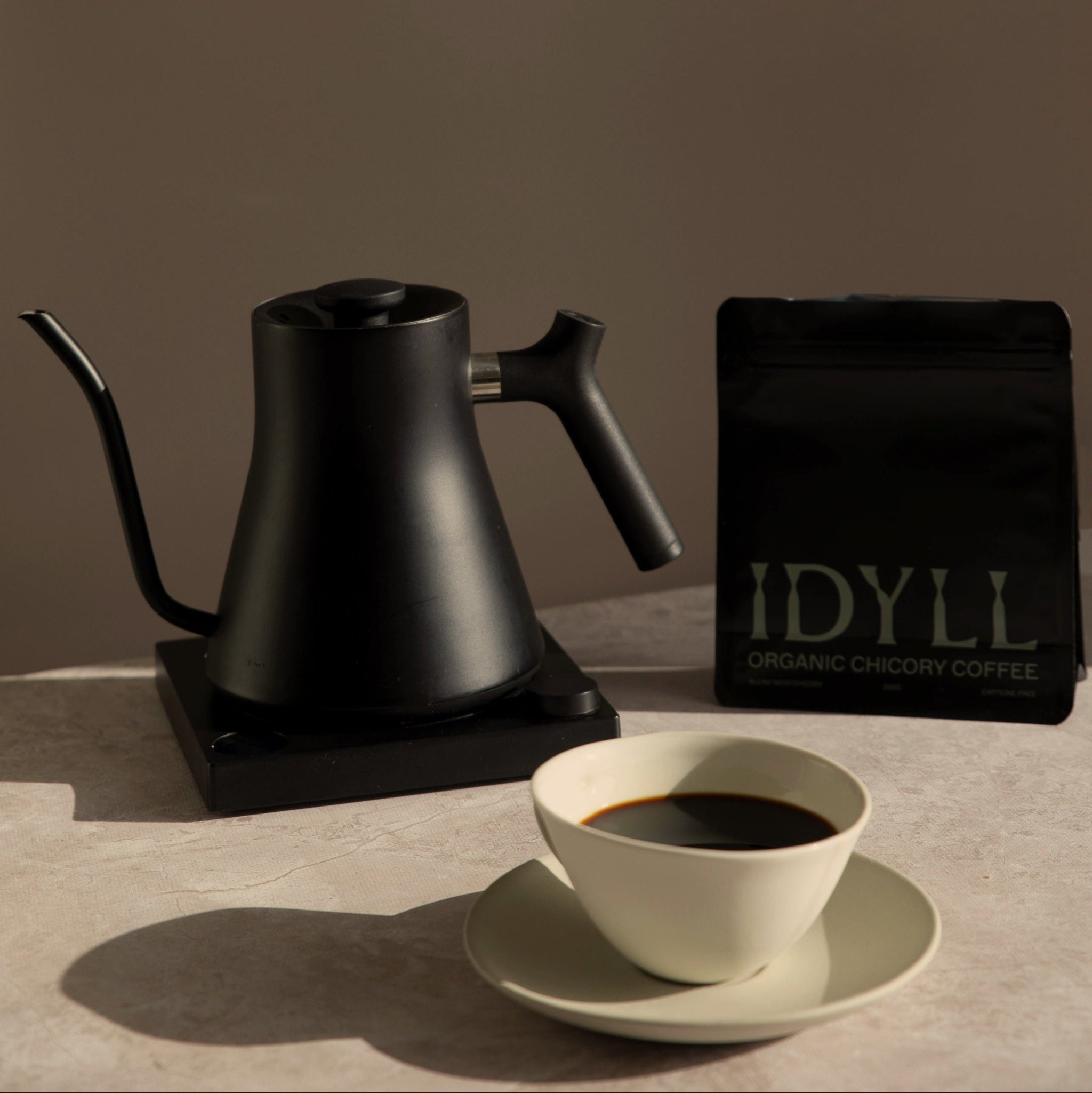
The Rich History of Chicory Coffee
Chicory coffee has a long and fascinating history that spans continents and centuries. Made from the roasted roots of the chicory plant, it has been used as a coffee alternative and extender during times of scarcity and as a much-loved beverage in its own right.
Origins in Europe
Chicory as a coffee substitute dates back to 17th-century Europe. During periods when coffee was expensive or in short supply, roasted chicory root was added to stretch the coffee supply, giving drinks a similar rich, roasted flavor. Over time, it became appreciated not just for practicality, but for its unique taste and aroma.
Chicory in the American South
Chicory coffee has a particularly strong connection to New Orleans. During the Civil War and economic hardships, coffee was scarce, so locals turned to roasted chicory as a replacement or blend. It quickly became a signature part of the region’s coffee culture, and today, classic New Orleans-style coffee blends often include a significant proportion of chicory.
A Global Tradition
Beyond the U.S. and Europe, roasted chicory root has also been enjoyed in India and parts of Africa, both as a coffee substitute and for its potential health benefits. Its use in different cultures shows its versatility and enduring appeal.
Why It Endures Today
Chicory coffee is more than a historical curiosity — it remains popular for its distinctive, nutty flavour, caffeine-free profile, and functional benefits, like supporting digestion and gut health. Modern coffee lovers appreciate it as a flavourful alternative or a way to enjoy coffee with a lower caffeine intake.
Exploring chicory coffee is a way to connect with centuries of tradition while enjoying a unique, versatile beverage that’s still relevant in today’s wellness-focused world.


